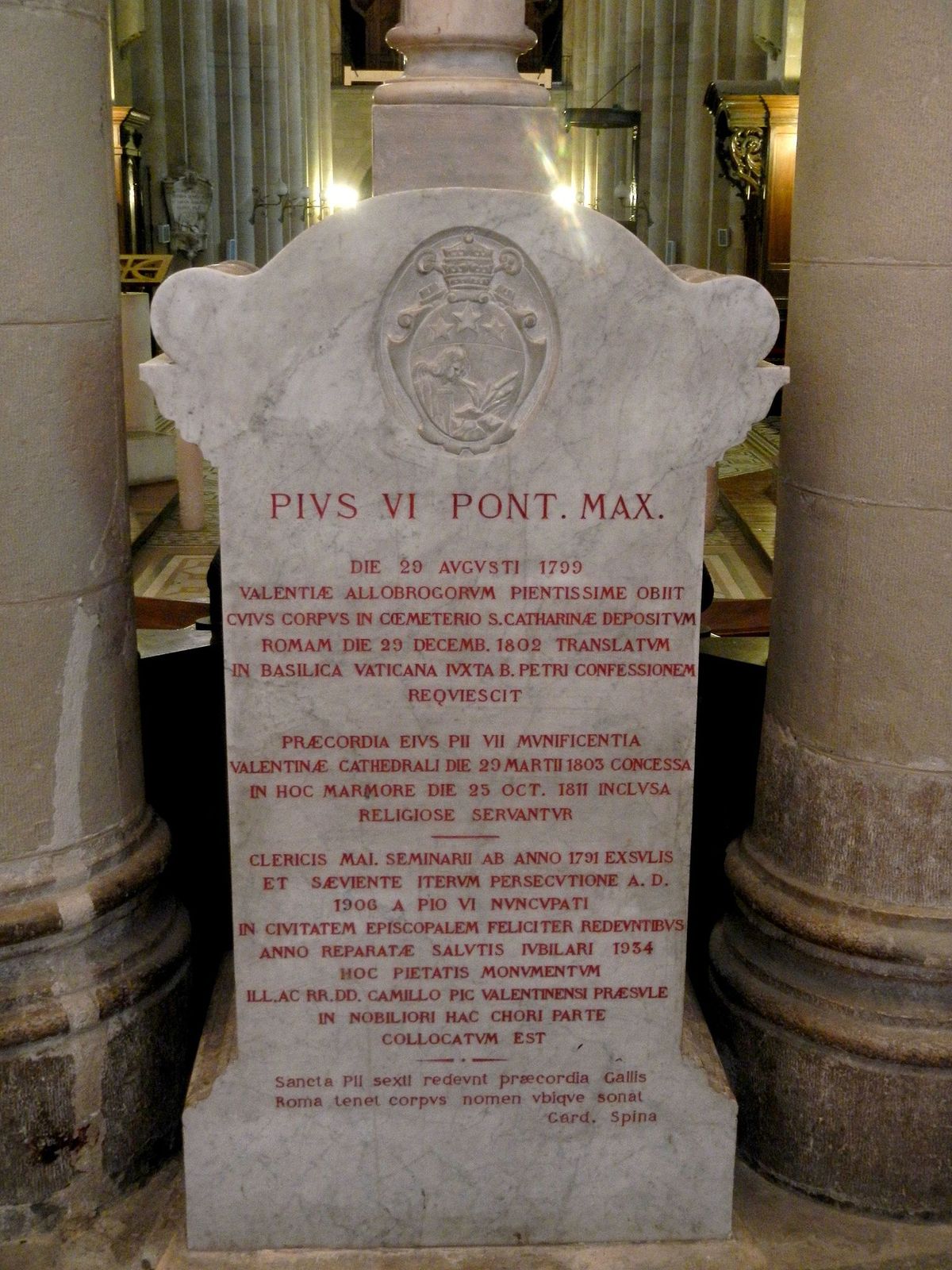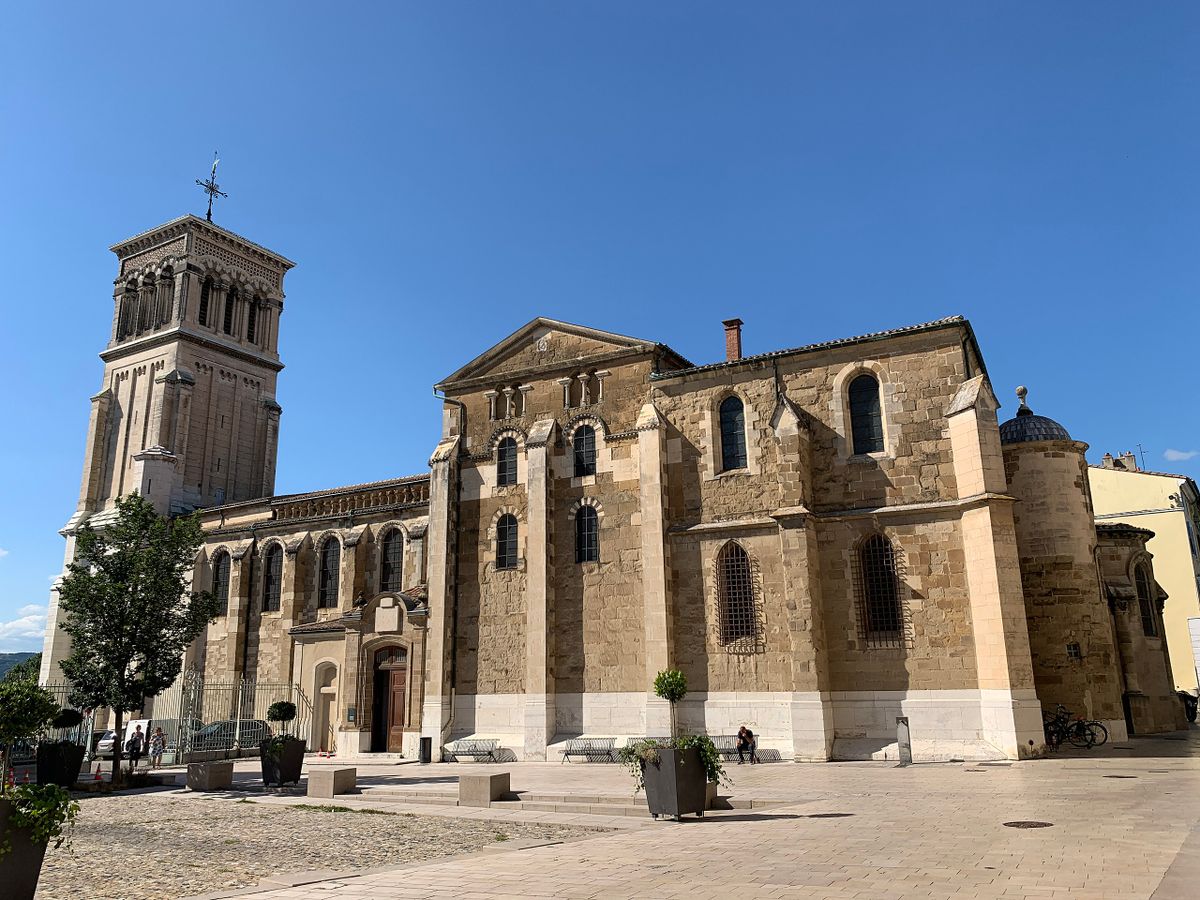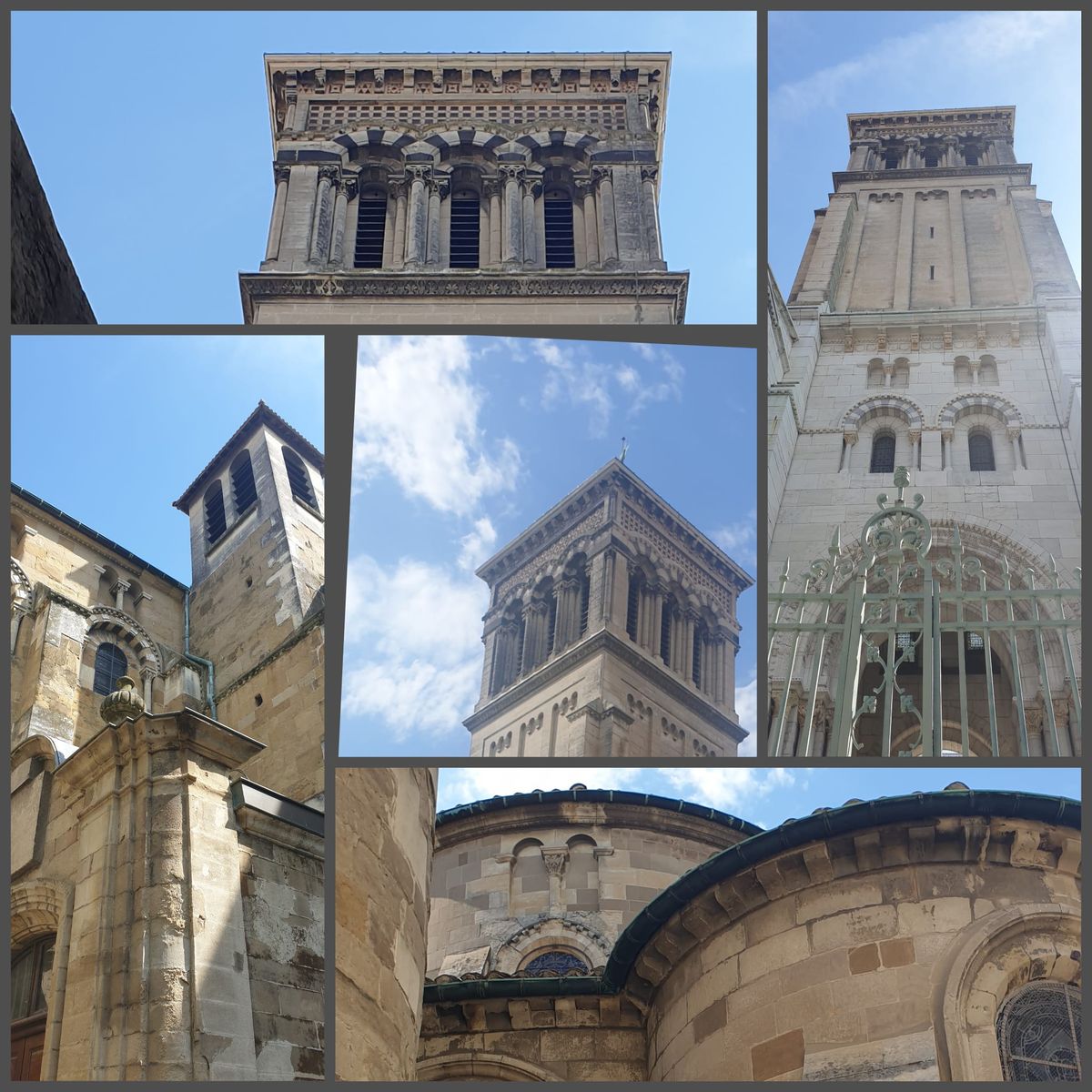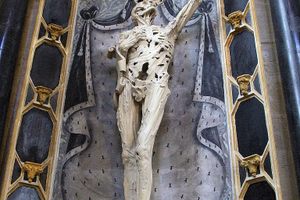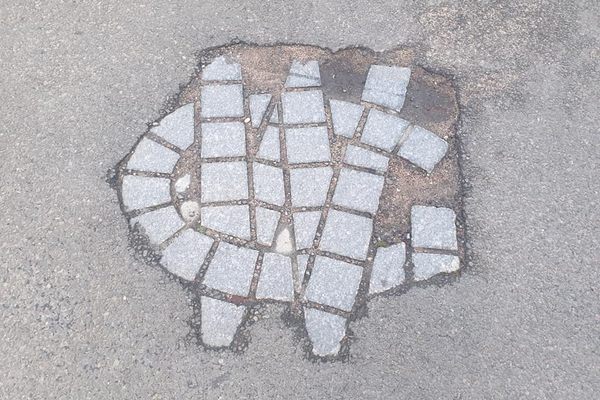About
Behind the altar at the Cathédrale Saint-Apollinaire in Valence, the heart of Pope Pius VI is encased in a marble cenotaph. Three years after Pius’ death in 1799 while exiled in the French town, the papal Swiss Guards came to repatriate his body to the Vatican. Yet this relic remains.
The French Revolution caused great turmoil with the Catholic Church in France, especially in the country’s relationship with the religious leaders in Rome. In 1791, Pope Pius VI rejected the Constitution civile du clergé, which put control of the Catholic Church in France under the new Republic, rather than the Vatican. Pius suspended any priests who accepted it, and adamantly protested the guillotining of Louis XVI.
In retaliation, France annexed the papal territories of Avignon and Venaissin, followed by Napoleon’s attack on the Papal States. In 1798, the French took control of Rome and declared it the Roman Republic. When Pius refused to submit to the conquerors, he was taken prisoner and forcibly removed to France.
Seriously ill and over 80 years old, the elderly pope made it over the Alps to Valence, then could go no farther. He arrived in Valence on July 14, 1799, the tenth anniversary of the French Revolution. He died six weeks later, his body embalmed and held at the citadel where he had been imprisoned. It wasn’t until January 30, 1800, in a cemetery in the south of Valence, that he was buried without ceremony, in an unadorned grave.
The Swiss Guards came for the pope’s remains in a grand procession 1802, but the bishop of Valence assured that Pius’ heart remained in France. Even if the pope loathed his time there, the people of Valence still commemorate him through the monument holding his heart in the cathedral, plaques throughout the town, and a ubiquitous pastry called “le Suisse” shaped like the Swiss Guard.
Update as of July 2022: The location is currently closed indefinitely.
Related Tags
Know Before You Go
Make a right when entering the church to curve around behind the altar.
Community Contributors
Added By
Published
July 11, 2010








